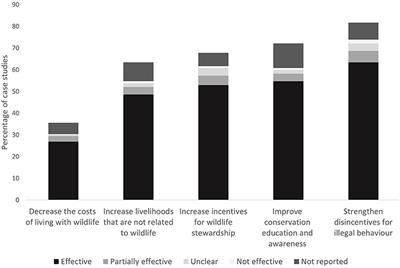ORIGINAL RESEARCH
Published on 07 Jul 2023
Kananaskis country’s road to coexistence: exploring expert perceptions of roadside bear viewing and management strategies
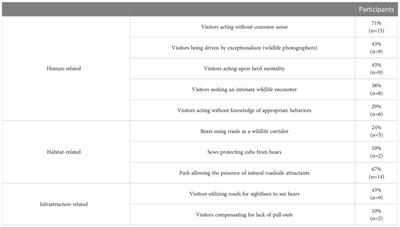
doi 10.3389/fcosc.2023.1165314
- 3,000 views
- 1 citation
10k
Total downloads
84k
Total views and downloads
You will be redirected to our submission process.
ORIGINAL RESEARCH
Published on 07 Jul 2023

ORIGINAL RESEARCH
Published on 14 Jul 2022

POLICY AND PRACTICE REVIEWS
Published on 03 Jun 2022
ORIGINAL RESEARCH
Published on 12 May 2022
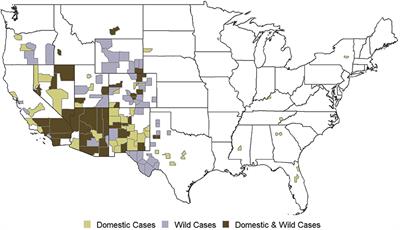
ORIGINAL RESEARCH
Published on 10 Feb 2022
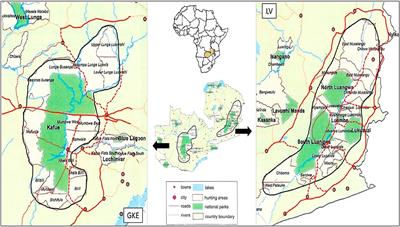
ORIGINAL RESEARCH
Published on 18 Jan 2022
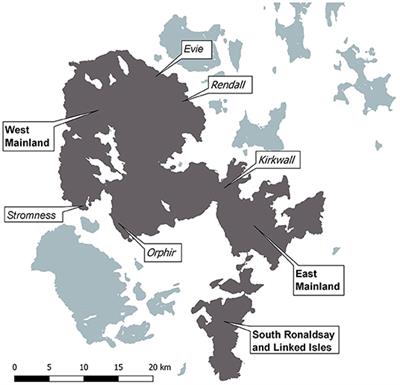
ORIGINAL RESEARCH
Published on 14 Jan 2022
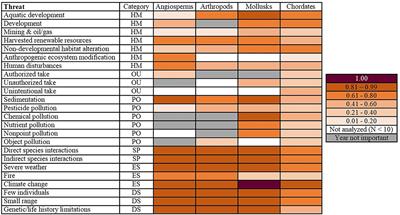
ORIGINAL RESEARCH
Published on 13 Dec 2021
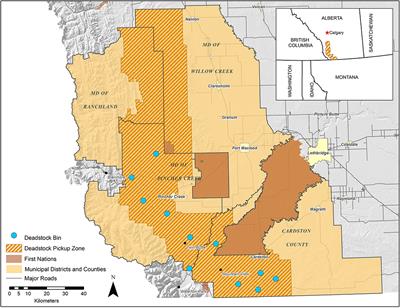
PERSPECTIVE
Published on 26 Nov 2021
POLICY AND PRACTICE REVIEWS
Published on 12 Nov 2021
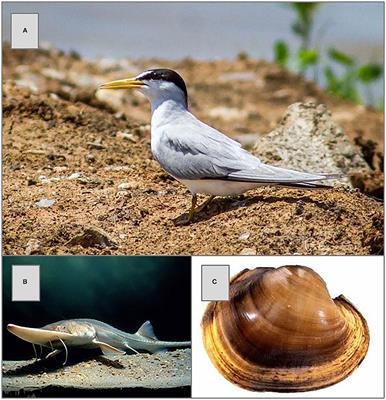
ORIGINAL RESEARCH
Published on 04 Nov 2021
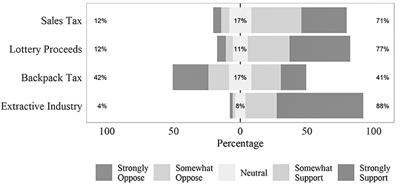
ORIGINAL RESEARCH
Published on 28 Oct 2021
